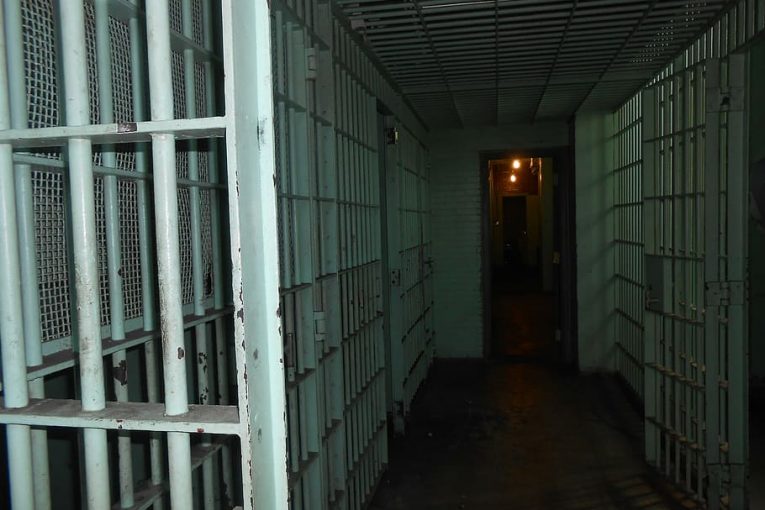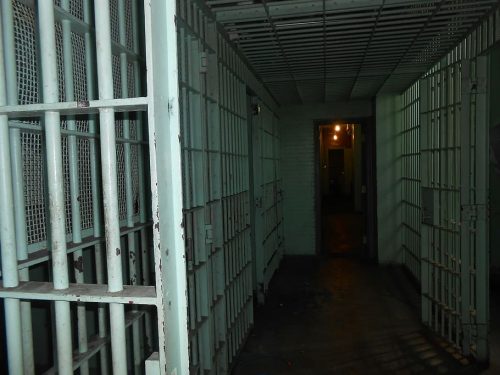

By Sarah Chayet and Connie Martinez
EASTHAMPTON, MA – An update from the Prison Policy Initiative (PPI) announced Monday how the findings of a new report, “Shadow Budgets: How mass incarceration steals from the poor to give to the prison,” revealed at least 49 state prison systems use Incarcerated Welfare Funds to fund capital projects and to bolster the general prison budget.
According to the PPI update, Incarcerated Welfare Funds consist of funds that incarcerated people’s families put toward the prison system with the intent of covering phone call costs, commissary costs, and means for these funds to be deposited into an incarcerated family member’s account.
The report reveals “society’s most vulnerable people pay for prison operations, staff salaries, benefits, and more,” noting much of the money utilized in charging incarcerated people goes back to corrections agencies, most of it is transferred into accounts known to be (incarcerated) “Welfare Funds.”
As cited by the report, “in many cases, corrections officials have wide discretion to use welfare funds as shadow budgets for subsidizing essential facility operations, staff salaries, vehicles, weapons, and more, instead of paying for such things out of their department’s more transparent and accountable general budget.”
What this report revealed, however, is there are “loose regulations” presiding over these funds.
The report shows the lack of guardrails pertaining to these funds allows these 49 prison systems to use the funds, oftentimes, however they like. PPI refers to these misdirected funds as “shadow budgets”–these prisons are able to apply them to prison facility operations, vehicles, weapons, and even staff salaries.
Considering these causes are well outside the original intent of the familial providers, PPI’s report also makes a call to action for accountability and investigation, encouraging journalists to look into the ways this money is being spent.
These funds are meant to go toward non-essential purposes, but are meant to go toward bettering incarcerated individuals’ quality of life, enabling them to afford communication with loved ones, recreation equipment, hygiene products, and more, said PPI, adding the funds are not intended to help the prisons pay their staff, construction projects and staff supplies.
The report gives the example of The Dauphin County (Harrisburg) jail in Pennsylvania. At this county jail, from 2019 to 2023, Incarcerated Welfare Funds were shown to be used in inappropriate ways more frequently than they were put toward their intended purposes: $45,000 was used in ways that directly benefited incarcerated people, while $1,639,000 was used for things that only benefit staff.
Among the uses of these misdirected funds were bodycams, gun range memberships, new staff uniforms and employee appreciation meals, the PPI report found.
PPI makes a handful of recommendations in its report, including that incarcerated people’s essential needs should be covered by prisons, and a ban on using these funds in ways that they are not intended for, or that only benefit the staff.